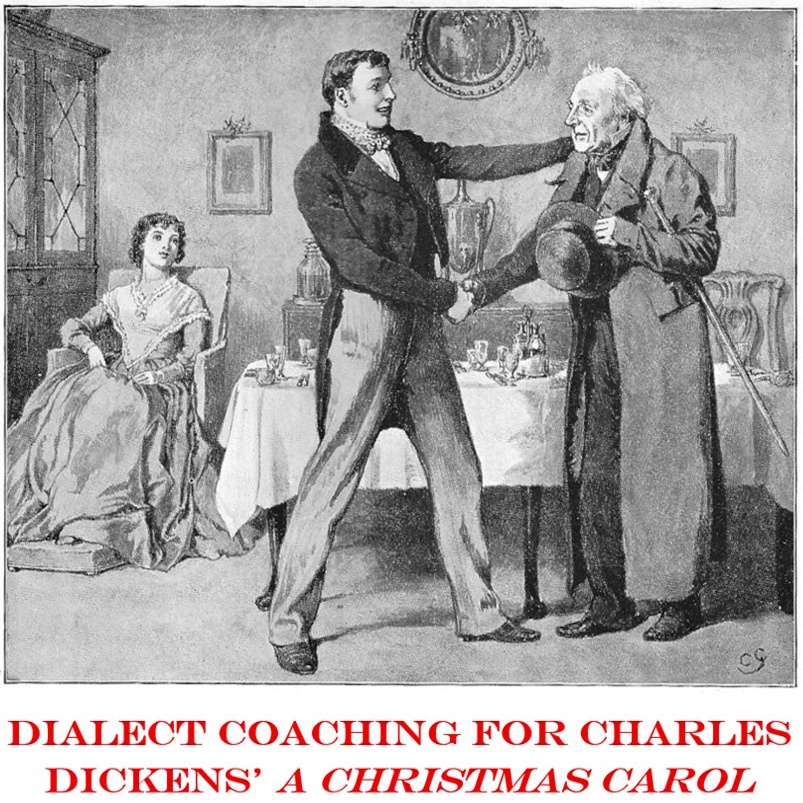Sri Lanka 3
Listen to Sri Lanka 3, a 27-year old man from Kalutara District, Western Province, Sri Lanka. Click or tap the triangle-shaped play button to hear the subject.
Both as a courtesy and to comply with copyright law, please remember to credit IDEA for direct or indirect use of samples. IDEA is a free resource; please consider supporting us.
BIOGRAPHICAL INFORMATION
AGE: 27
DATE OF BIRTH (DD/MM/YYYY): 09/04/1987
PLACE OF BIRTH: Sri Jayawardenepura Kotte, Sri Lanka
GENDER: male
ETHNICITY: Sinhalese
OCCUPATION: student
EDUCATION: three years of college at UNLV (Las Vegas, Nevada, United States)
AREAS OF RESIDENCE OUTSIDE REPRESENTATIVE REGION FOR LONGER THAN SIX MONTHS:
The subject was raised in Kalutara District, Western Province, Sri Lanka, and, at the time of this recording, had spent four years in Las Vegas, Nevada, in the United States.
OTHER INFLUENCES ON SPEECH:
He was taught British English in schools in Sri Lanka. His residency in the United States has had minimal influence on his established accent. He has adopted certain Western American pronunciations but without consistency in his speech.
The text used in our recordings of scripted speech can be found by clicking here.
RECORDED BY: 2015 UNLV MFA Speech Class (under supervision of Phil Hubbard)
DATE OF RECORDING (DD/MM/YYYY): 18/11/2014
PHONETIC TRANSCRIPTION OF SCRIPTED SPEECH: N/A
TRANSCRIBED BY: N/A
DATE OF TRANSCRIPTION (DD/MM/YYYY): N/A
ORTHOGRAPHIC TRANSCRIPTION OF UNSCRIPTED SPEECH:
I was born in Sri Lanka, and interesting thing about Sri Lanka is that most of the European countries call it the Pearl of th’ Indian Ocean. Uh, it’s an small, it’s an small island by India. Uuuh, I mostly came here [United States] because my dad was able to get the resident-ship here, so, through that he applied family visa, so that’s how I got here. Currently, I’m, uh, studying at UNLV and focusing on theater, and more focusing on acting …
Uh, future plans … Uh, I wanna to graduate, uh, from UNLV, and I really wanna to focus on, like, going to the European side of the world. Uh, Sri Lankan food is very similar to Indian food but could be a little bit spicier than the Indian food. Also, I have one sister, and all of my, uh, rest of the family — my mom’s side, my dad’s side, all, cousins and everybody’s — still living in Sri Lanka. So, me and my sister is the first generation, here in America. And, uh, ah, these too follow like the most of the European like, uh, study system in high school, and, uh, most of the city people talk English language as second language, but if you go more into the country you can see that English, English is not very common and Tamil is another second language in Sri Lanka.
In 2010, me and my family went to see the Disneyland in California. That was my very first time seeing a Disney adventures park, and it was amazing. I, I was not expecting that huge rides and like, it was like, it was like a wonderland for me, and I was so excited to see all of my childhood Disney characters like Aladdin, Beauty and the Beast, Cinderella; like it, it was, it was so much fun, and I get to try to do like all the Disney like, world trip, like rides there and, uh, I, I think that was the most amazing time I ever had with, uh, like a family trip and, uh, all I can say is that I have to — I’m really looking forward to go do th- go do the Disneyland trip again because it is … no matter how old you get it, the fun you can have there is amazing.
TRANSCRIBED BY: 2015 UNLV MFA Speech Class (under supervision of Phil Hubbard)
DATE OF TRANSCRIPTION (DD/MM/YYYY): 18/11/2014
PHONETIC TRANSCRIPTION OF UNSCRIPTED SPEECH: N/A
TRANSCRIBED BY: N/A
DATE OF TRANSCRIPTION (DD/MM/YYYY): N/A
SCHOLARLY COMMENTARY:
The subject speaks about a variety of aspects of his homeland, including food, geography, and his native language. He also reflects on a recent trip to Disneyland with his family.
The accent is generally non-rhotic (lacking “r-coloration” in the post-vocalic position) with many instances of intervocalic “tapped” /r/ [ ɾ ]. In words with initial /w/, the sound is realized as [v], the labio-dental voiced fricative, or [ ʋ ], the labio-dental approximate, depending on context. Stop-plosives [ p ], [ t ], and [ k ] are aspirated lightly, or not at all. The final /t/ sound is often unreleased with only the “stop” portion of the consonant present. A retroflex or post-alveolar tongue placement is present in most instances of the /t/ sound, with general tongue retraction also a feature of the accent, especially in the initial /r/ sounds. This retroflex placement also influences the acoustic shaping and tongue position of vowels, which may follow the affected retroflex consonants. The /l/ consonant is often apical [ l̺ ] (tongue tip to alveolar ridge) in the final position, although this is not consistent. (“Bowl” and “futile” are examples of this feature in the recording.) The /th/ sounds ([ ð ] and [ θ ], voiced and voiceless) are usually replaced with a dentalized /t/ or /d/, as in [ t̪ ] and [ d̪ ]. In many instances of this substitution, the release portion of the consonant is not present (north, for example).
Stress on polysyllabic words is often evenly regulated as a by-product of the subject’s syllable-timed native language; however, the influence of his BrE second-language training, the stress-timed pattern of English in general, and his presence in the United States have diminished this feature.
Normally reduced English vowels often maintain a full “strong form” pronunciation. The speaker has limited use of the schwa [ ə ] in these cases.
In general, the subject’s actor training in the United States has affected his original accent with a variety of “one-off” pronunciations. These are evident throughout the recording.
Lexical sets of note:
• NURSE is more rounded and non-rhotic, realized as [ ɜ̹̹̹̹̹̹ ].
• GOAT is inconsistent: sometimes monophonic [ o ] or closed toward [ u ], but in some instances
opened toward [ ɔ ].
• FACE is frequently monophonic [ e ].
• FOOT is less rounded and mid-centralized [ ʊ̜̽ ].
• GOOSE is slightly fronted and less rounded [ u̜ ].
• LOT and THOUGHT are often raised to the closer [ o ].
• BATH generally aligns with RP [ ɑ ], although this is inconsistent.
• NORTH and FORCE are not merged. NORTH is shifted toward the more open LOT [ ɒ ], with FORCE realized as monophonic [ o ].
• CLOTH is closed to [ o ].
COMMENTARY BY: 2015 UNLV MFA Speech Class (under supervision of Phil Hubbard)
DATE OF COMMENTARY (DD/MM/YYYY): 26/03/2015
The archive provides:
- Recordings of accent/dialect speakers from the region you select.
- Text of the speakers’ biographical details.
- Scholarly commentary and analysis in some cases.
- In most cases, an orthographic transcription of the speakers’ unscripted speech. In a small number of cases, you will also find a narrow phonetic transcription of the sample (see Phonetic Transcriptions for a complete list). The recordings average four minutes in length and feature both the reading of one of two standard passages, and some unscripted speech. The two passages are Comma Gets a Cure (currently our standard passage) and The Rainbow Passage (used in our earliest recordings).
For instructional materials or coaching in the accents and dialects represented here, please go to Other Dialect Services.
 IDEA: International Dialects of English Archive
IDEA: International Dialects of English Archive



